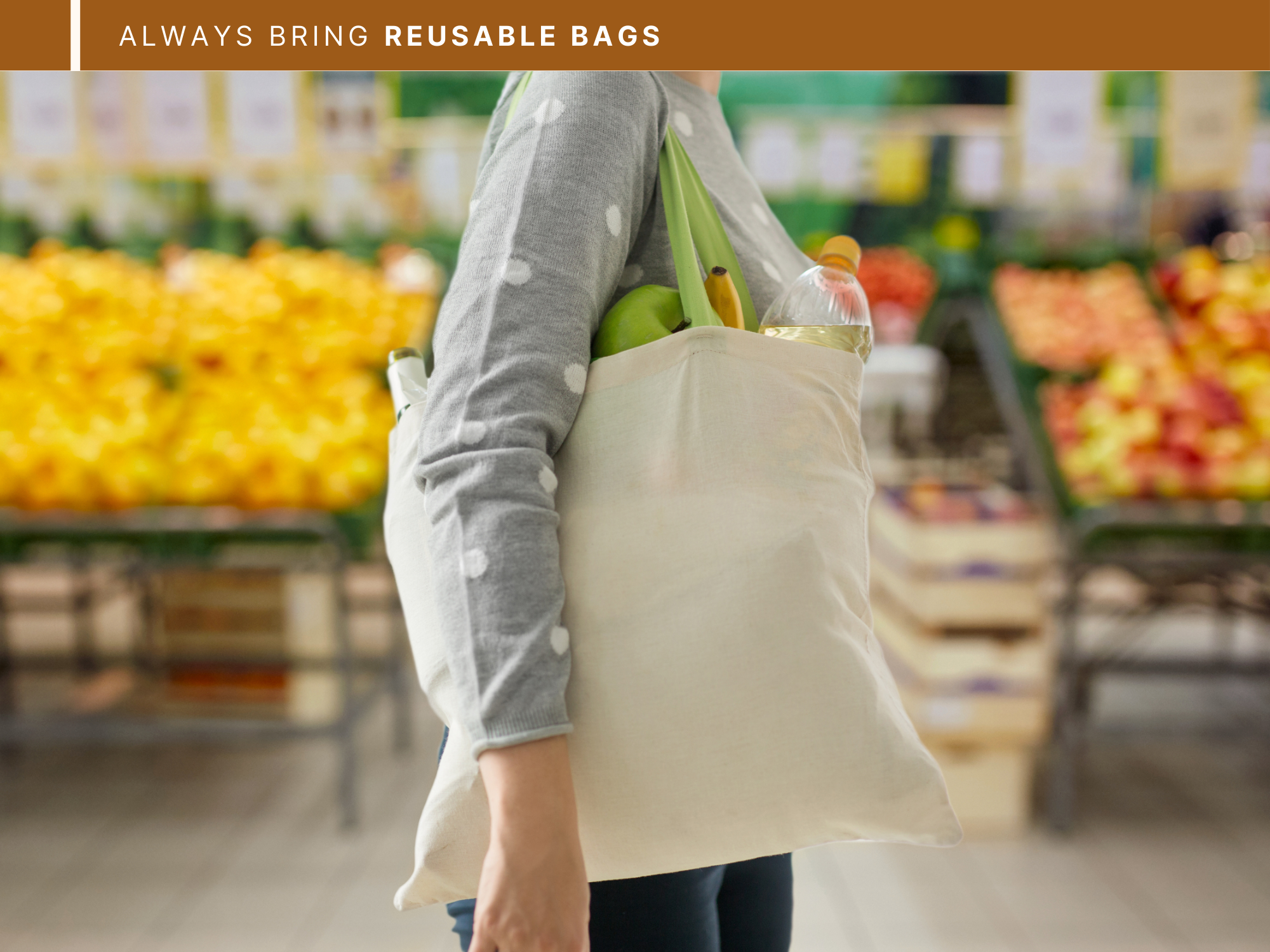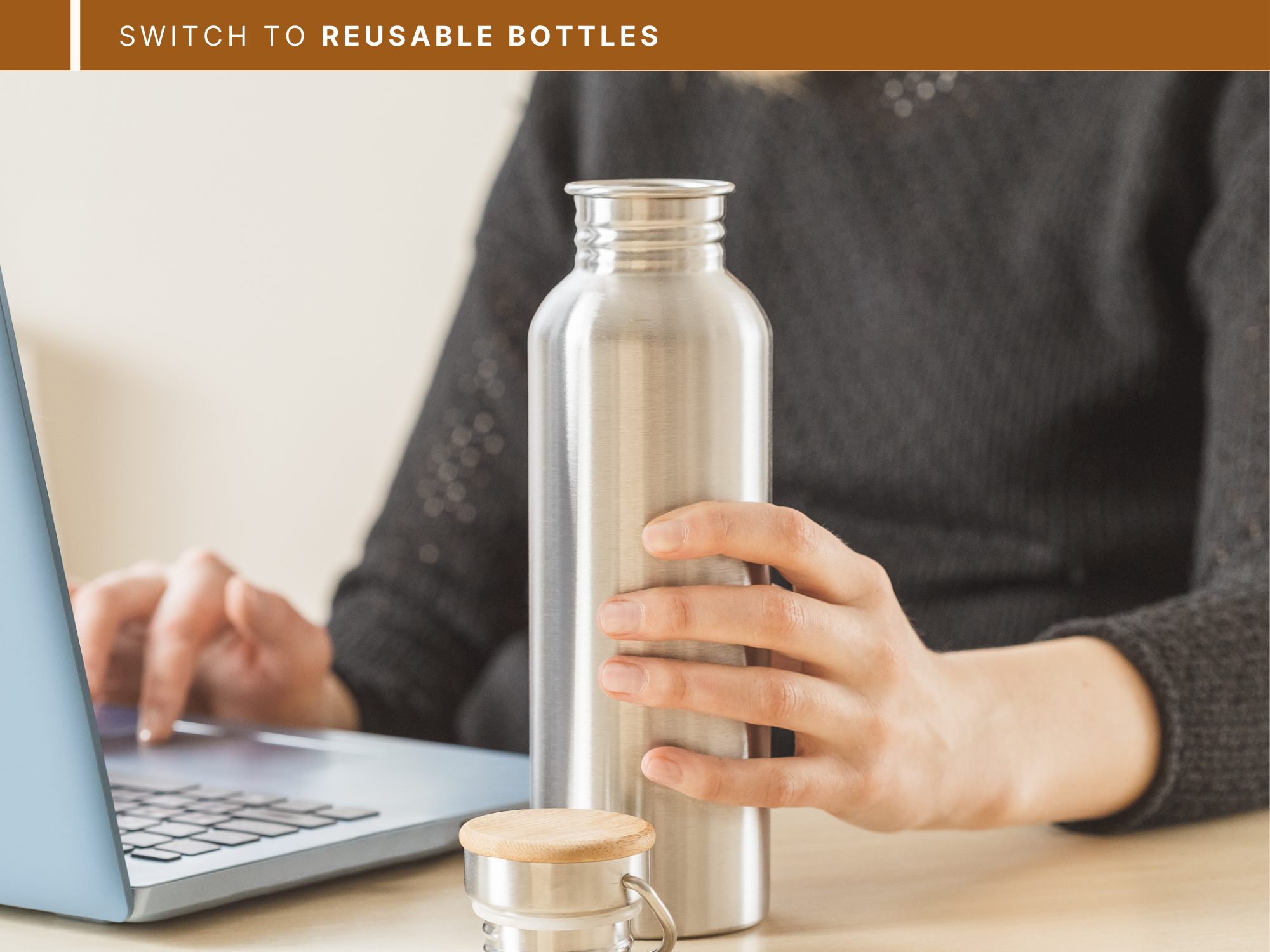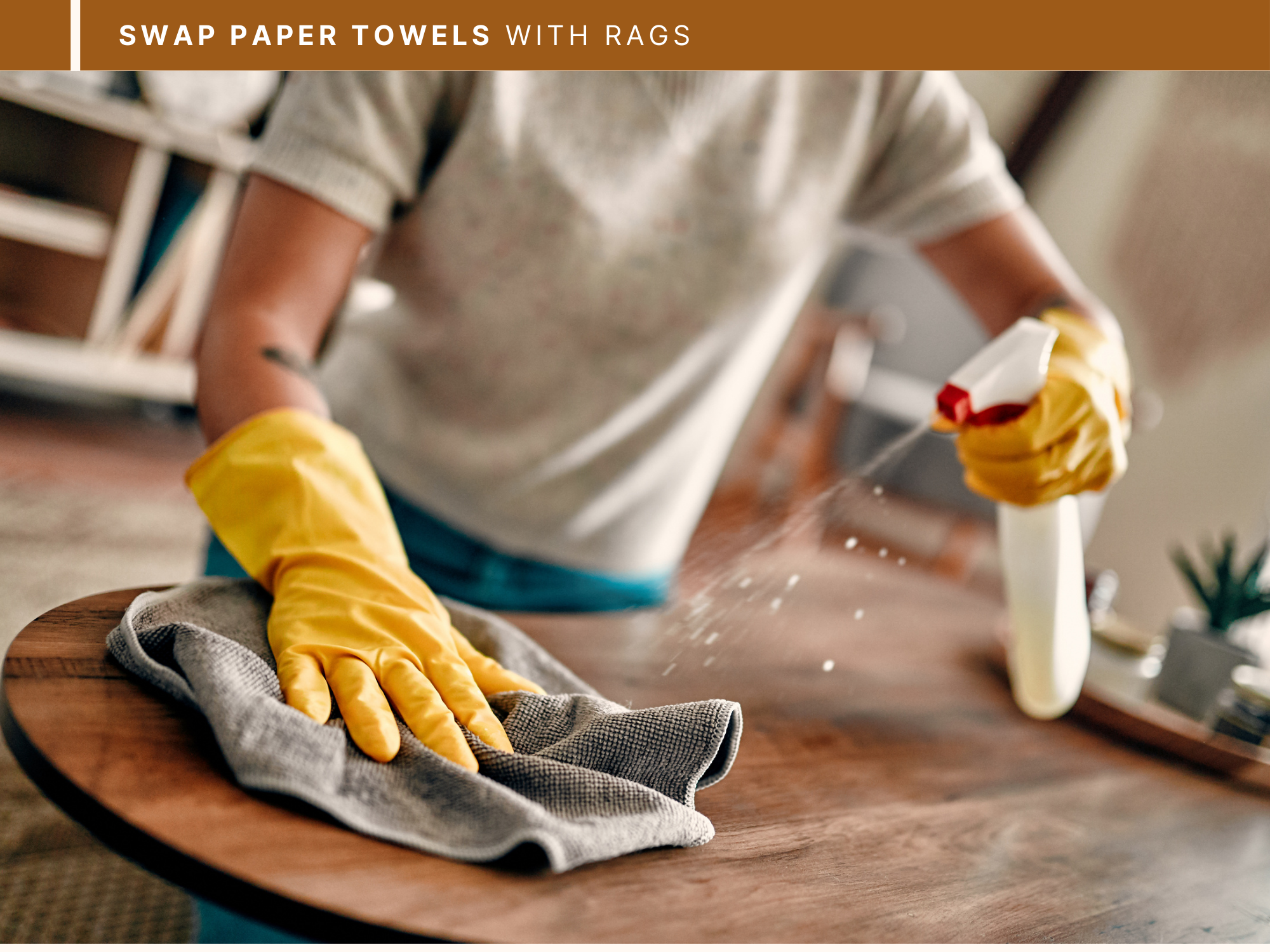Four Sustainable Steps for Green Living
Living sustainably and being eco-friendly aren’t just buzzwords but are important for healthy daily living and for our collective future. As homeowners, you can make conscious choices to benefit the environment and contribute to a healthier lifestyle for yourself and your community. One way to start this process is by integrating green practices where sustainability is part of your priorities as a homeowner.
Here are some key components of creating a green home and incorporating sustainable practices into your days.
Embrace Energy Efficiency
Embracing energy efficiency is both a sustainable practice and helpful on your homeowner budget! You can consider installing renewable energy sources like solar panels and installing energy-efficient appliances to help offset your carbon footprint and lower your electricity bill.
If you’re not ready to make that leap, a green practice could be as simple as installing LED lighting throughout your home to help lower electricity consumption and increase the lifespan of your light bulbs.
If you’ve got kids at home, you can also implement simple and habit-building practices like turning off lights and unplugging electronics when not in use.
If you’re ready for some DIY improvements, you can also consider investing in improving insulation and weatherproofing to optimize heating and cooling efficiency in your home.
If you’re considering a remodel or a renovation either to enhance your experience at home or optimize for resale value, you can consider sustainable building materials that minimize ecological harm. Opting for materials like reclaimed wood, bamboo, and recycled glass can help lessen the depletion of natural resources and reduce waste. Even simple adjustments like eco-friendly alternatives to conventional construction materials, like low-VOC paints and natural insulation, to create a healthier indoor environment for you and your family.
Practice Water Conservation
Water conservation is a critical aspect of sustainable living, especially in Utah. Utah has historically held the line of, “We are either in drought or preparing for the next one, so we always need to use our water wisely” (drought.utah.gov)
Inside your home, you can install water-saving fixtures like low-flow toilets and aerated faucets to minimize water waste. Equally important is to fix leaks promptly!
Outside, the obvious ones are to avoid excessive watering of lawns and gardens and switch to xeriscaping for your outdoor spaces. But you can also incorporate rainwater harvesting systems to collect and reuse rainwater for irrigation and other non-potable uses (up to two 100-gallon storage allowed before registering free with the State of Utah.)
Implement Mindful Consumption Tactics
The foundation of sustainable living lies in mindful consumption. While not all of these strategies will be possible for every household, small changes can create a large impact.
Switch to reusable items like stainless steel water bottles, cloth shopping bags, and rechargeable batteries to reduce reliance on single-use plastics and disposable goods. Consider switching to rags instead of paper towels and bulk products with refill options instead of small quantity, single-use items.
When buying furniture and clothing, consider ethically sourced, durable products rather than ‘fast’ production items. It can be as simple as considering thrifted or estate sale items alongside Amazon.
Pave the Way Towards a Greener Future and Home
Incorporating sustainable practices into your homes and daily life is not just a nice TikTok trend but a benefit to our communities, wallets, and future. By being mindful of what we buy, using renewable energy, choosing eco-friendly materials, and conserving water, we’re contributing to higher efficiency in both energy and in life!





